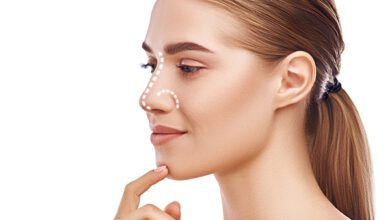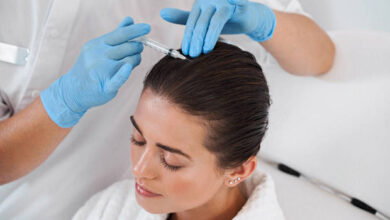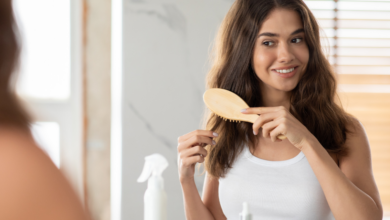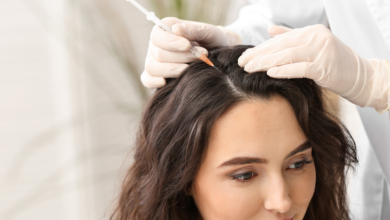
Thread lifting is a groundbreaking cosmetic procedure that offers a natural alternative to traditional facelifts. By using dissolvable threads, this minimally invasive treatment can effectively lift and tighten sagging skin, rejuvenating your appearance and redefining your contours. With minimal downtime and long-lasting results, thread lifting has quickly gained popularity among those seeking a more youthful and refreshed look. Discover how this innovative technique can transform your appearance and restore your confidence.
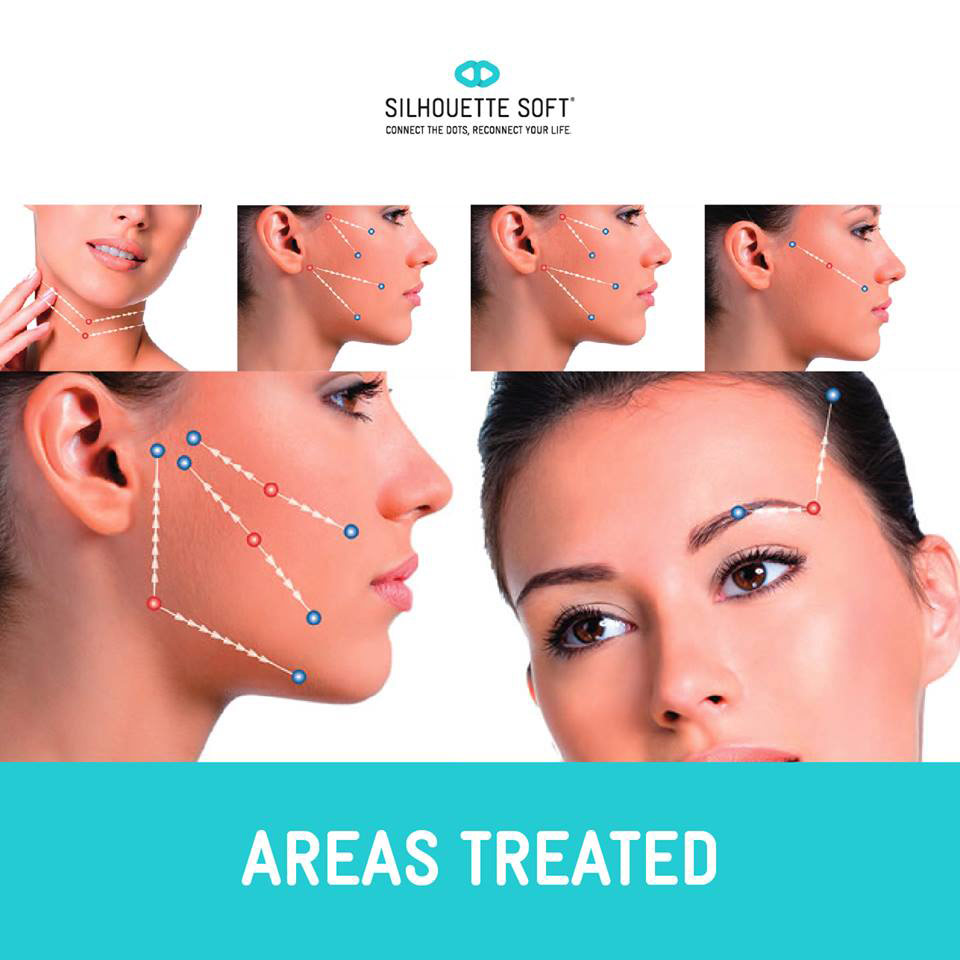
What is Thread Lifting?
Definition
Thread lifting, also known as thread rejuvenation or thread facelift, is a non-surgical cosmetic procedure that aims to lift and tighten sagging skin, creating a more youthful appearance. This innovative technique involves the use of dissolvable sutures or threads to lift and reposition the skin, providing a subtle yet noticeable lift.
Purpose
The purpose of thread lifting is to address the signs of aging, such as sagging skin and wrinkles, without the need for invasive surgery. It offers a minimally invasive alternative for individuals who are seeking a natural-looking lift and rejuvenation without the downtime and risks associated with surgery.
Benefits
There are several benefits to choosing thread lifting over traditional facelift surgery. Some of the key advantages include:
- Non-surgical: Thread lifting is a non-surgical procedure, which means it avoids the need for large incisions and general anesthesia, reducing the risk of complications and promoting a faster recovery time.
- Minimal scarring: As the sutures used in thread lifting are inserted using small needles, there is minimal scarring involved, making it a more desirable option for those who want to avoid visible scars.
- Natural-looking results: The threads used in thread lifting are strategically placed to lift and support the skin, resulting in a natural-looking lift that improves the contours of the face.
- Collagen stimulation: The insertion of threads stimulates the production of collagen, which helps to improve the texture and elasticity of the skin, further enhancing the results of the procedure.
- Customizable and versatile: Thread lifting can be tailored to meet the unique needs of each individual, allowing for specific areas to be targeted and lifting to be adjusted based on the desired outcome.
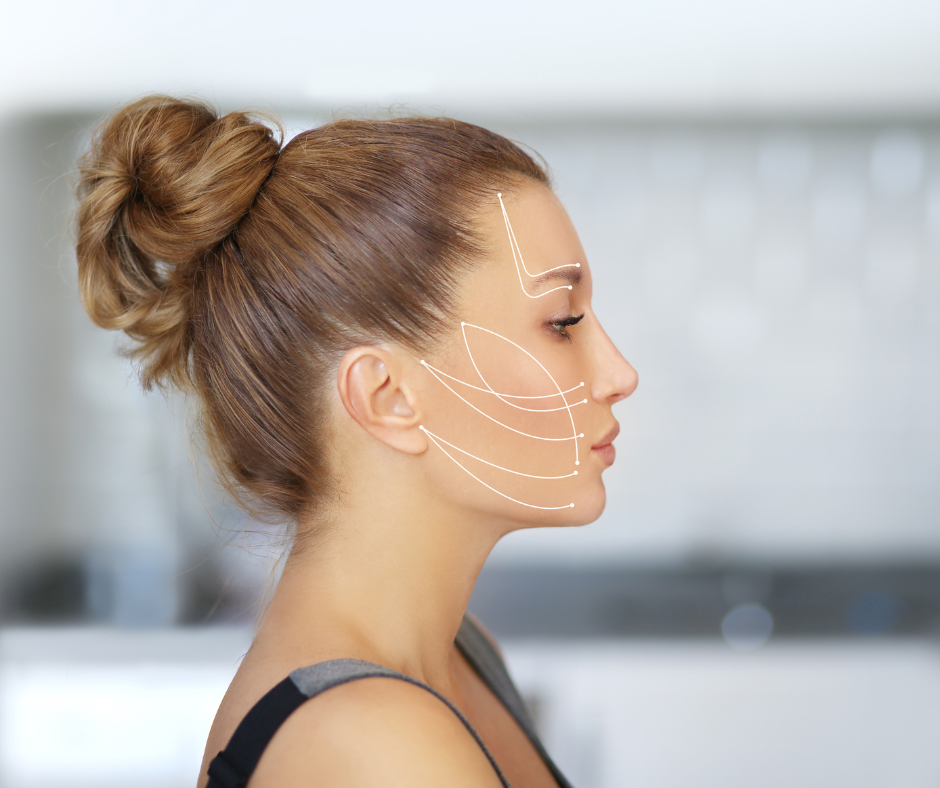
How Does Thread Lifting Work?
Mechanism of Action
Thread lifting involves the insertion of special sutures or threads into the skin using tiny needles. These threads are typically made of materials that are biocompatible and absorbable by the body over time. Once inserted, the threads act as a supportive structure, lifting and repositioning the skin to achieve the desired tightening effect.
The threads used in thread lifting have small barbs or cones along their length, which help anchor them to the underlying tissues. This anchoring mechanism provides stability and allows for the threads to lift and hold the skin in place.
Types of Threads
There are various types of threads used in thread lifting, each with its own unique characteristics and benefits. Some of the commonly used thread materials include:
- Polylactic acid (PLLA) threads: These threads stimulate collagen production and are ideal for addressing mild to moderate sagging and wrinkles.
- Polydioxanone (PDO) threads: These threads provide immediate lift and have a strong regenerative effect, stimulating collagen synthesis for long-lasting results.
- Polycaprolactone (PCL) threads: These threads offer a gradual and sustained lifting effect, as they encourage collagen production over time.
- Poly L-lactic acid (PLLA) and Polydioxanone (PDO) combination threads: These threads combine the benefits of PLLA and PDO threads, providing both immediate lift and long-term collagen stimulation.
The choice of thread type is determined by the specific needs and goals of the individual, as well as the expertise and recommendation of the specialist performing the procedure.
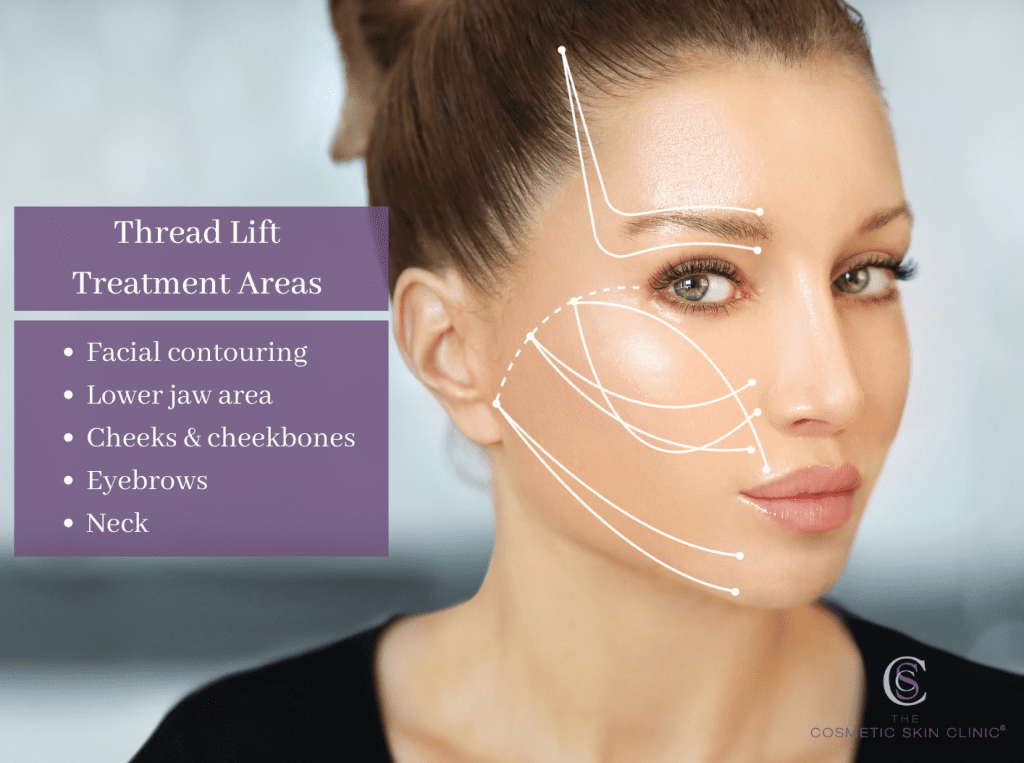
Choosing the Right Candidate
Age
Thread lifting is suitable for individuals who are experiencing mild to moderate sagging skin and wrinkles, typically seen in people in their 30s to 60s. However, the suitability of thread lifting can vary depending on the individual’s skin condition and overall health. It is important to consult with a specialist to determine if thread lifting is the right option for you.
Skin Quality
Good skin quality is an important factor in determining the success of thread lifting. Individuals with thin or damaged skin may not be suitable candidates for this procedure, as the threads may not hold properly or may result in visible irregularities. A specialist will assess the condition of your skin to determine suitability.
Medical History
Before undergoing thread lifting, it is crucial to disclose your complete medical history to the specialist. Certain medical conditions or medications may impact the safety and effectiveness of the procedure. The specialist will evaluate your medical history and provide guidance on whether or not thread lifting is a viable option for you.
Expectations
It is essential to have realistic expectations when considering thread lifting. While the procedure provides noticeable improvement in sagging skin and wrinkles, it may not achieve the same level of results as a surgical facelift. A thorough consultation with a specialist will help manage expectations and provide a clearer understanding of what can be achieved with thread lifting.
Preparing for Thread Lifting
Consultation with a Specialist
Before undergoing thread lifting, it is essential to schedule a consultation with a qualified specialist. During this consultation, the specialist will assess your suitability for the procedure, discuss your goals and expectations, and provide a personalized treatment plan. They will also explain the procedure in detail, including any potential risks and complications.
Medical Tests
Before thread lifting, some specialists may require certain medical tests to ensure your safety. These tests may include blood tests, allergy tests, or imaging studies, depending on your medical history and the specialist’s recommendation. These tests help identify any underlying health conditions that may affect the outcome of the procedure.
Discontinuation of Certain Medications
Prior to thread lifting, it may be necessary to temporarily discontinue certain medications or supplements that can increase the risk of bleeding or interfere with the healing process. These may include blood-thinning medications, anti-inflammatory drugs, and herbal supplements. The specialist will provide specific instructions on which medications to avoid and for how long.
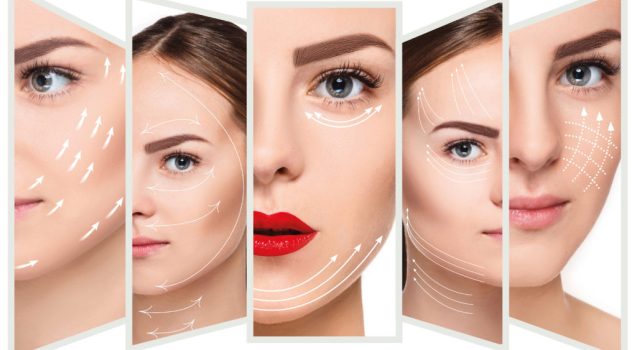
The Thread Lifting Procedure
Anesthesia
Thread lifting can be performed under local anesthesia, which means you will remain awake but experience minimal discomfort during the procedure. The specialist will apply a topical numbing cream to the treatment area and administer local anesthesia to ensure your comfort throughout the procedure.
Insertion of Threads
Once the anesthesia has taken effect, the specialist will insert the threads into the skin using very fine needles. The insertion points are strategically chosen to minimize visible scarring and maximize the lifting effect. The threads are gently guided through the skin, and once in place, the needles are removed, leaving the threads behind.
Placement Techniques
The placement of threads is customized based on the individual’s desired outcomes and the specialist’s expertise. Threads can be inserted in different directions and patterns to address specific areas of sagging or wrinkles. Common areas for thread lifting include the cheeks, jowls, jawline, eyebrows, and neck.
Duration
The duration of the thread lifting procedure can vary depending on the areas being treated and the number of threads required. On average, the procedure can take anywhere from 30 minutes to an hour. After the procedure is completed, you can typically resume your daily activities with some post-procedure care instructions.
Post-Procedure Care
Pain Management
After thread lifting, some discomfort or mild pain may be experienced, which can be managed with over-the-counter pain medications or prescribed pain relievers, as recommended by the specialist. It is normal to experience some soreness or tenderness around the treated area, but this typically subsides within a few days.
Swelling and Bruising
Swelling and bruising are common side effects after thread lifting. Applying cold compresses or ice packs to the treated area can help reduce swelling and minimize bruising. These effects usually resolve within a week or two. It is important to avoid any activities or medications that may exacerbate swelling or bruising during the recovery period.
Activity Restrictions
To ensure optimal healing and to minimize the risk of complications, it is important to follow any activity restrictions provided by the specialist. This may include avoiding strenuous activities, heavy lifting, and excessive facial movements for a certain period of time. The specialist will provide specific guidelines based on your individual case.
Skin Care
Proper skin care is an important part of the post-procedure care for thread lifting. The specialist may recommend specific skincare products or protocols to promote healing and enhance the results of the procedure. It is important to follow these recommendations and maintain a good skincare routine to ensure long-lasting, healthy-looking results.
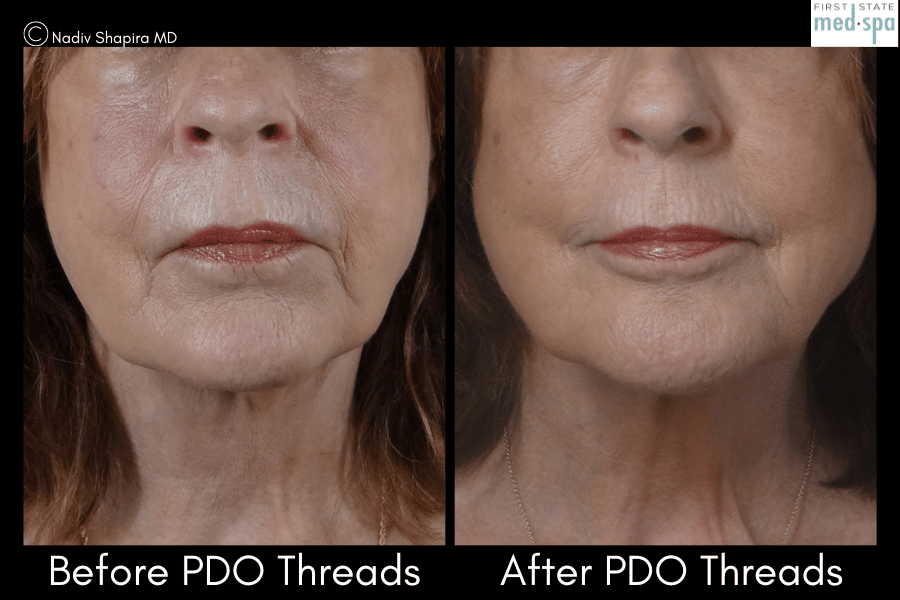
Expected Results
Immediate Effects
After thread lifting, you will notice an immediate improvement in the contour of your face, as the threads provide an instant lift to sagging skin. The results may vary depending on the individual’s unique characteristics, such as the amount of sagging and the type of threads used. While the immediate effects are visible, it is important to note that the full results may take a few weeks to manifest as the skin adjusts and collagen synthesis takes place.
Long-Term Results
Thread lifting not only provides immediate lift but also stimulates collagen production, resulting in long-term improvements in the quality and texture of the skin. Over time, as collagen continues to regenerate, the skin becomes firmer and more elastic, enhancing the longevity of the results. The duration of the results can vary depending on factors such as skin condition, lifestyle, and individual aging process.
Maintenance
To maximize the longevity of the results, maintenance treatments may be recommended. This can include follow-up thread lifting sessions or other non-surgical cosmetic treatments to further enhance the effects of thread lifting. The specialist will provide guidance on the ideal maintenance plan based on your individual needs and goals.
Potential Risks and Complications
Infection
Although rare, there is a small risk of infection after thread lifting. To minimize this risk, it is important to follow proper post-procedure care instructions, including keeping the treated area clean and avoiding touching it with unwashed hands. If any signs of infection, such as increased pain, redness, swelling, or pus discharge, are observed, it is crucial to seek immediate medical attention.
Allergic Reactions
In some cases, individuals may experience an allergic reaction to the materials used in thread lifting. This can result in symptoms such as itching, rash, or hives. If any allergic reactions occur, it is important to inform the specialist as soon as possible to determine the appropriate course of action.
Visible or Accidental Threads
In rare cases, the threads used in thread lifting may become visible or accidentally protrude through the skin. This can occur due to improper placement, inadequate anchoring, or excessive facial movements during the healing process. If such complications arise, it is important to consult with the specialist for appropriate management, which may include removing or adjusting the threads.
Nerve Damage
There is a minimal risk of nerve damage associated with thread lifting. However, when performed by a qualified and experienced specialist, this risk is extremely low. It is crucial to choose a reputable specialist who is skilled in performing thread lifting procedures to ensure the highest level of safety and optimal results.
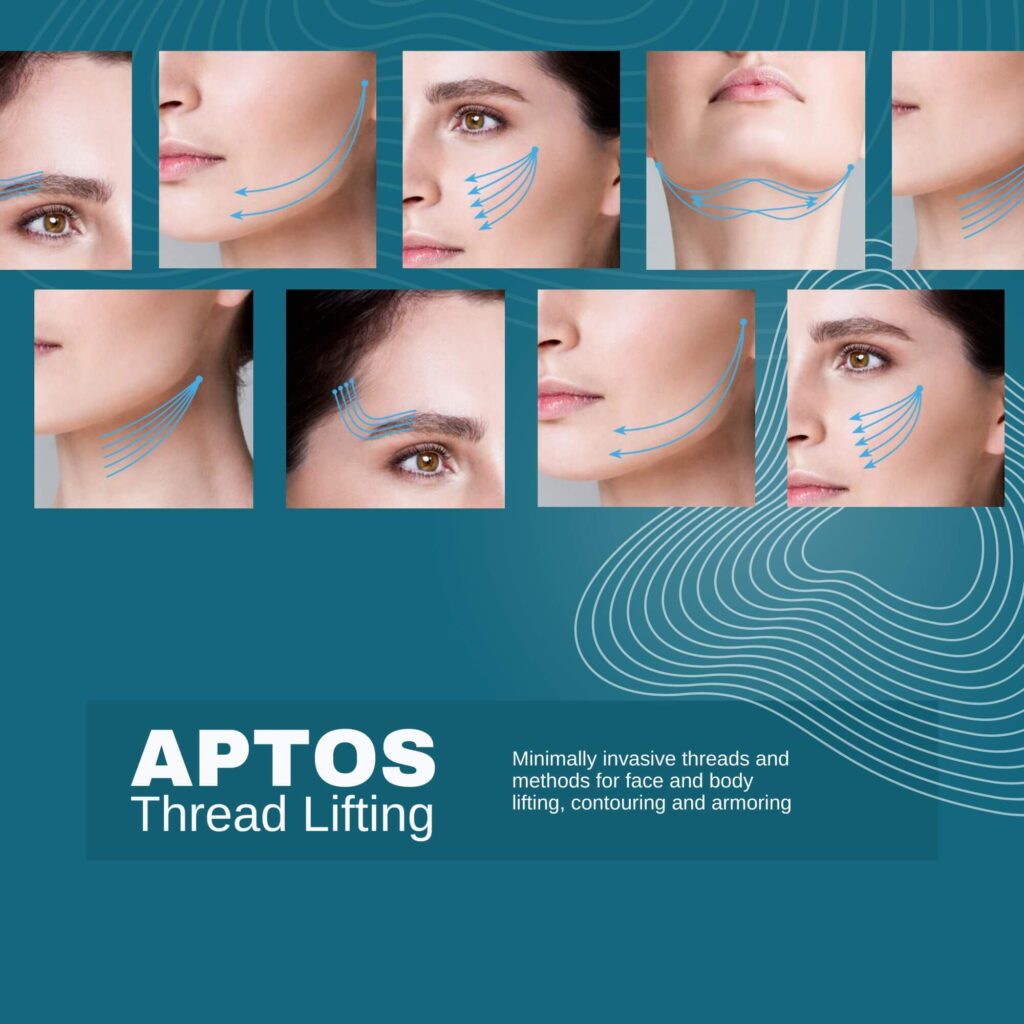
Comparing Thread Lifting with Traditional Facelifts
Surgical vs. Non-Surgical
One of the primary differences between thread lifting and traditional facelifts is the surgical nature of the latter. Traditional facelifts involve incisions, removal of excess skin, and surgical tightening of the underlying tissues. Thread lifting, on the other hand, is a non-surgical procedure that uses dissolvable sutures or threads to lift and tighten the skin. This key difference allows for a faster recovery time and less scarring compared to traditional facelifts.
Recovery Time
The recovery time for thread lifting is generally shorter compared to traditional facelift surgery. While individual experiences may vary, most individuals can expect to resume their normal daily activities within a few days to a week after thread lifting. In contrast, recovery from a traditional facelift can take several weeks, during which time physical activity and social engagements may be limited.
Cost
Thread lifting is generally more cost-effective compared to traditional facelift surgery. The cost of thread lifting can vary depending on factors such as the number of threads used, the expertise of the specialist, and the geographic location. However, in general, thread lifting is a more affordable option for individuals seeking facial rejuvenation without the hefty price tag associated with surgical procedures.
Advancements in Thread Lifting
Barbed Threads
Barbed threads are a recent advancement in thread lifting technology. These threads have small barbs along their length, which enhance the lifting and anchoring effect. Barbed threads allow for a more precise and reliable lift, making them suitable for individuals with more advanced sagging. The barbed threads provide a more immediate and pronounced result, contributing to the growing popularity of thread lifting.
Biodegradable Materials
Biodegradable materials, such as polylactic acid (PLLA), polydioxanone (PDO), and polycaprolactone (PCL), are commonly used in thread lifting procedures. These materials are gradually broken down and absorbed by the body, leaving behind natural collagen which helps to maintain the lift and rejuvenation effect. This biodegradable characteristic eliminates the need for thread removal, making the procedure even more convenient and patient-friendly.
Thread Combinations
Advancements in thread lifting have led to the development of thread combinations that harness the benefits of different thread materials. For example, combining PLLA and PDO threads allows for both immediate lift and long-term collagen stimulation, providing a comprehensive rejuvenation effect. Thread combinations offer a tailored approach to address the individual needs and desired outcomes of patients, further enhancing the effectiveness of thread lifting.
In conclusion, thread lifting is a revolutionary non-surgical technique that provides a natural-looking lift and rejuvenation for individuals seeking to redefine their contours. With minimal downtime and noticeable results, thread lifting offers a compelling alternative to traditional facelift surgery. By understanding the procedure, its benefits, and the factors to consider when choosing a candidate, individuals can make informed decisions to achieve the desired youthful appearance. Advancements in thread lifting technology continue to refine the procedure, ensuring optimal safety and effectiveness.

